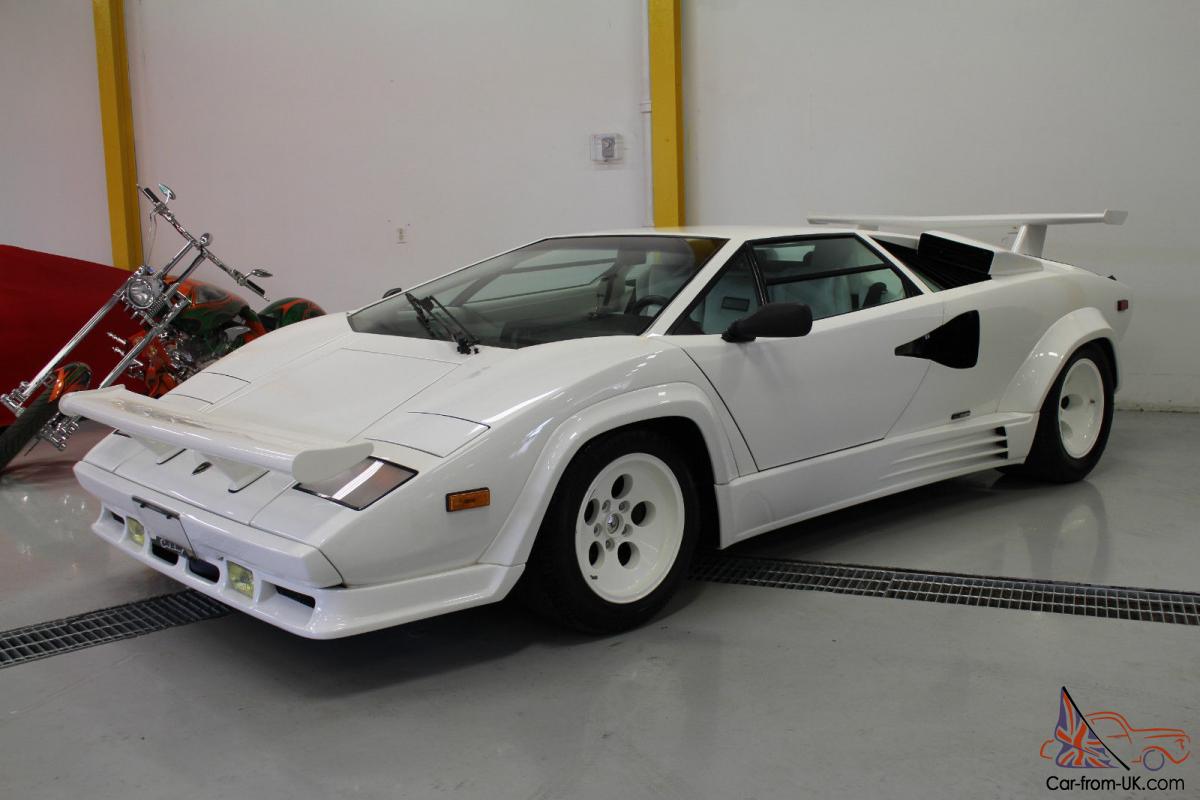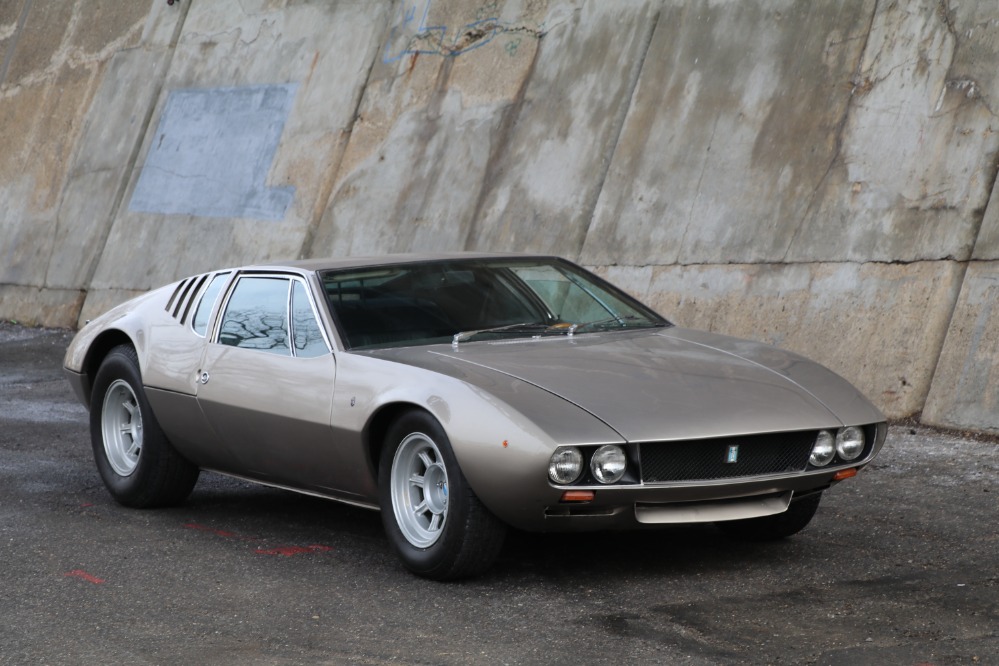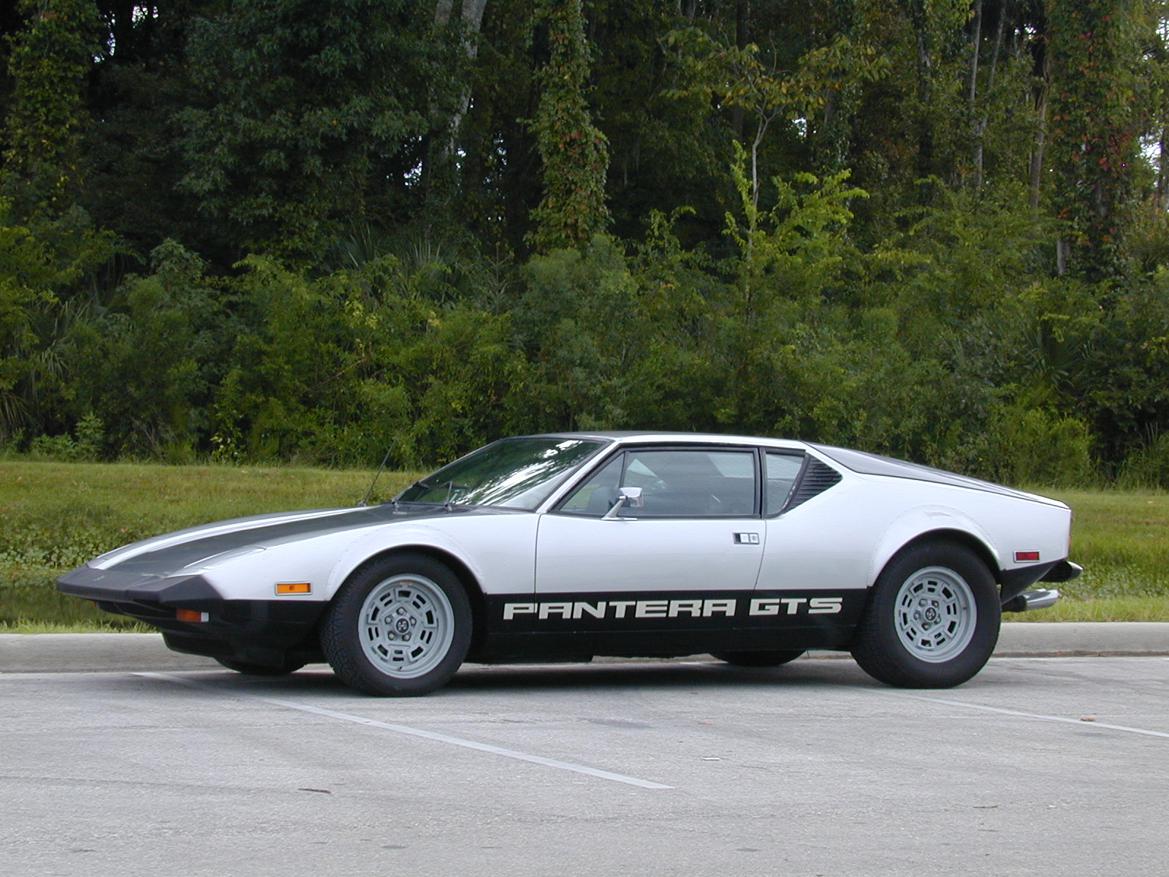It is the height of summer, and car clubs across the country were holding all manner of local and national events. I recently had the pleasure of being invited to speak at the 38th annual gathering of the Pantera Owners Club of America.
Seeing 50 of these cars at once was rather a unique experience, as they’re all based on the same basic model, the Ghia-bodied DeTomaso coupe. By contrast, when the national Shelby club meets, there are dozens of Mustangs, lots of replica Cobra roadsters, possibly even a few real ones, perhaps a couple of Superformance Daytona Coupes, and maybe one of the super-rare Dodge V6-powered Shelby Can-Ams. While the Shelby gatherings are always fun, it’s the exclusivity of the Pantera meet that makes it so special.

As fascinating as the cars always are, what I find most rewarding is conversing with their owners and hearing about their dedicated affinity to what they drive. Enthusiasm, energy, inquisitiveness and passion are just a few of the qualities that make any car gathering enjoyable, but the Pantera group’s long history and the age of its cars make this meet truly exceptional.
One thing I learned was that Pantera owners are quite resourceful and mechanically inclined; they have to be! When traveling cross-country in a mid-engined exotic like the Pantera, it’s a rare occurrence to come across a shop that knows much about doing any repair work on them. A Pantera owner’s luggage includes a fairly comprehensive toolkit and a good assortment of expendable parts.
Another unique penchant of Pantera owners I discovered is that most are not dedicated entirely to one marque. Most are full-on car guys with an appreciation for great lines and good performance over a broad spectrum of eras. Unlike Corvette owners, who always seem to own several, these owners usually own just one Pantera. In conversations after the sold-out evening gala, I found that sales of my Corvette book on the ’63 Sting Ray were as popular with this crowd as my recent release on the Shelby-DeTomaso P70, which ultimately led to the Pantera. These opposing ownership traits make sense, because a Pantera exudes a special quality of scarcity that’s not easily duplicated; one is enough. Its timeless lines are something extraordinary, even in the world of rare cars.

Over the course of decades, many Panteras have been customized. Fortunately, most of these upgrades are mechanical in the form of more power and improved running gear as it’s almost impossible to improve on their exterior aesthetic excellence. Time has proved that designer Tom Tjaarda created a true classic.
However, aesthetic failings do occur. A fairly common one seems to be non-stock wheels. It’s almost impossible to enhance perfect proportions. Even highly polished stock wheels look far too modern and “blingy” for cars of this classic era. Owners who remove their stock wheels in favor of something “more modern,” usually with bigger tires to match more horsepower, usually regret the decision and eventually revert to stock.
When upgrading a Pantera for street use, adding side mirrors presents another aesthetic challenge. These weren’t included in Tjaarda’s original design, so today almost everyone who owns a Pantera struggles with finding a pair of modern, fully adjustable units that comfortably adapt to Tjaarda’s classic, crisp lines. I saw just two cars in the entire field with a side mirror size and shape that seemed to fit.
Since part of my weekend’s assignment was picking my favorite car of the meet, I mentioned this point when presenting the award at dinner. Everybody laughed. All had struggled with this conundrum, and no one seemed entirely pleased with anything they or anyone else had selected. There was even one nicely finished custom set of mirrors that had obviously been designed and produced in a limited run, but it had been unfortunately sized to current “American” proportions. When attached, they looked like a set of African elephant ears.
It’s not easy being a Pantera owner: Almost all in this august group seem acutely aware of the rarity of the art they’ve acquired and reluctant to see any ill-considered deviation that could besmirch their treasures.

Comments
Nice article.
I have always liked the Panteras, and prefer the early cars with clean styling, before they started adding boy racer aero bits that made them look a bit like clown cars. That's OK, Lamborghini did exactly the same thing, and the original Countach was the purest version - compare this:

with this:

Found a pantera covered in dust and junk in the back of a disued warehouse in the 90s. 30k on the odometer. I tracked down the owner hoping he didn't know what the car was worth... but unfortunately he did. So my pantera dreams have forever gone unrealized. Thanks for the article and thanks for the memories.
Being one of my dream-cars from my youth, I was fortunate to meet a gentleman in the early 2000’s who was somewhat local & on the board of a national Pantera club. I was even more fortunate when he let me drive his car around the countryside!
I will say that experience somewhat quenched my desire to own one. While it certainly didn’t drive like a muscle car of the era, it also lacked any lithe sportscar-like performance. Instead, I could really feel it’s weight(and it’s age).
They're still one of my favorite exotic cars, but not one I think I’d enjoy owning for very long.
I built a Pantera model as a kid--flares and everything. I'm sure others here did the same.
my favorite DeTomaso was the Mangusta... and while they didn't explode in value (originally) like the Pantera... by the time I might have afforded one, they were out of reach.... 

Displaying 1-5 of 5 commentsView all comments on the CMS forums
You'll need to log in to post.


























